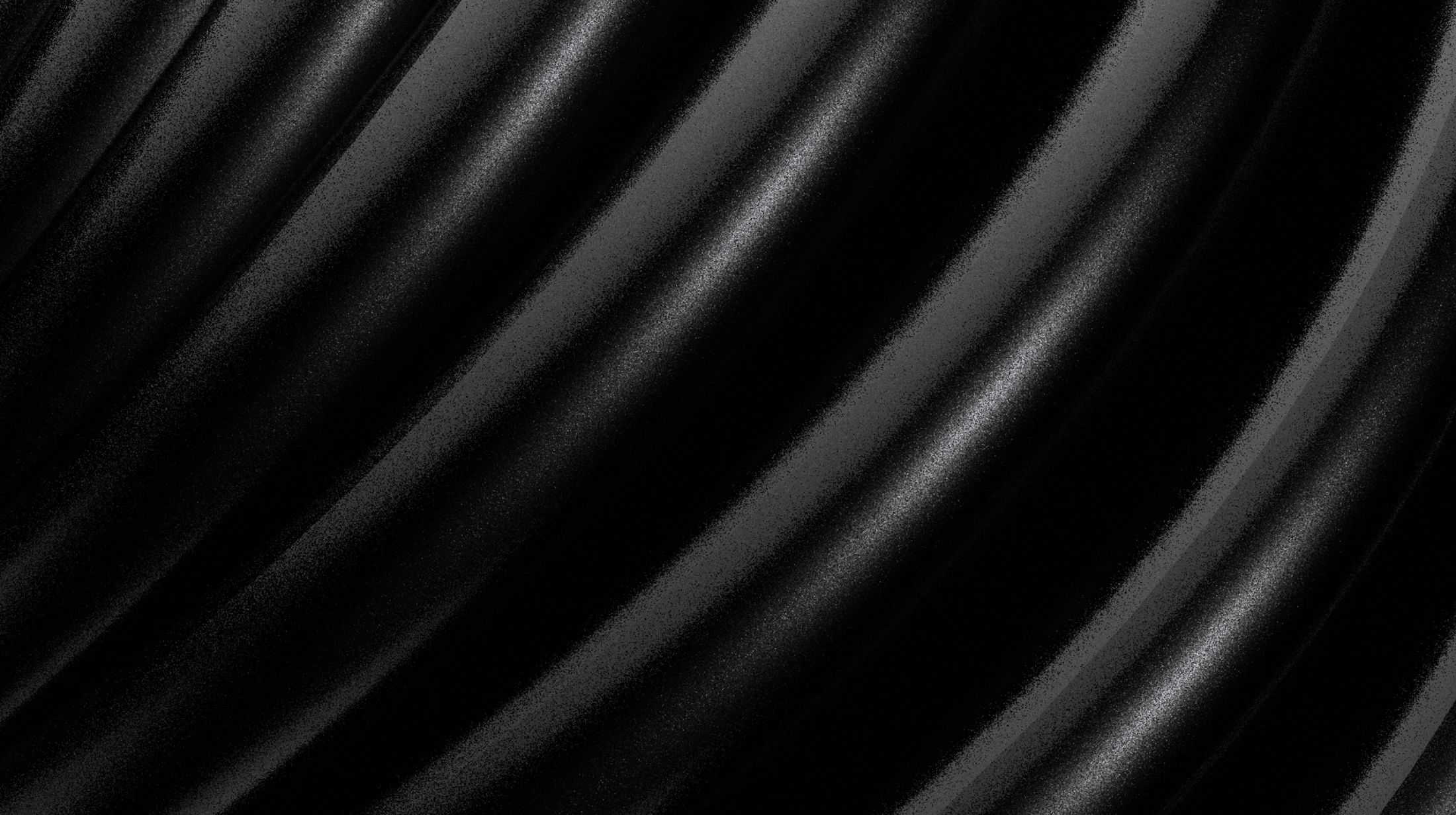



Deep wrinkles? Sagging neck and jowls? What can be done to turn back the clock? A facelift in Houston with facial plastic surgeon Dr. Raghu Athré can retain the beauty, fullness, and youthful look of your face.
Your facelift journey deserves the best. Dr. Raghu Athré is a double-board-certified facial plastic surgeon who leverages his expertise and artistry to create a personalized facelift plan for you. Utilizing advanced techniques, Athré Facial Plastics prioritizes natural-looking results that enhance your unique beauty.
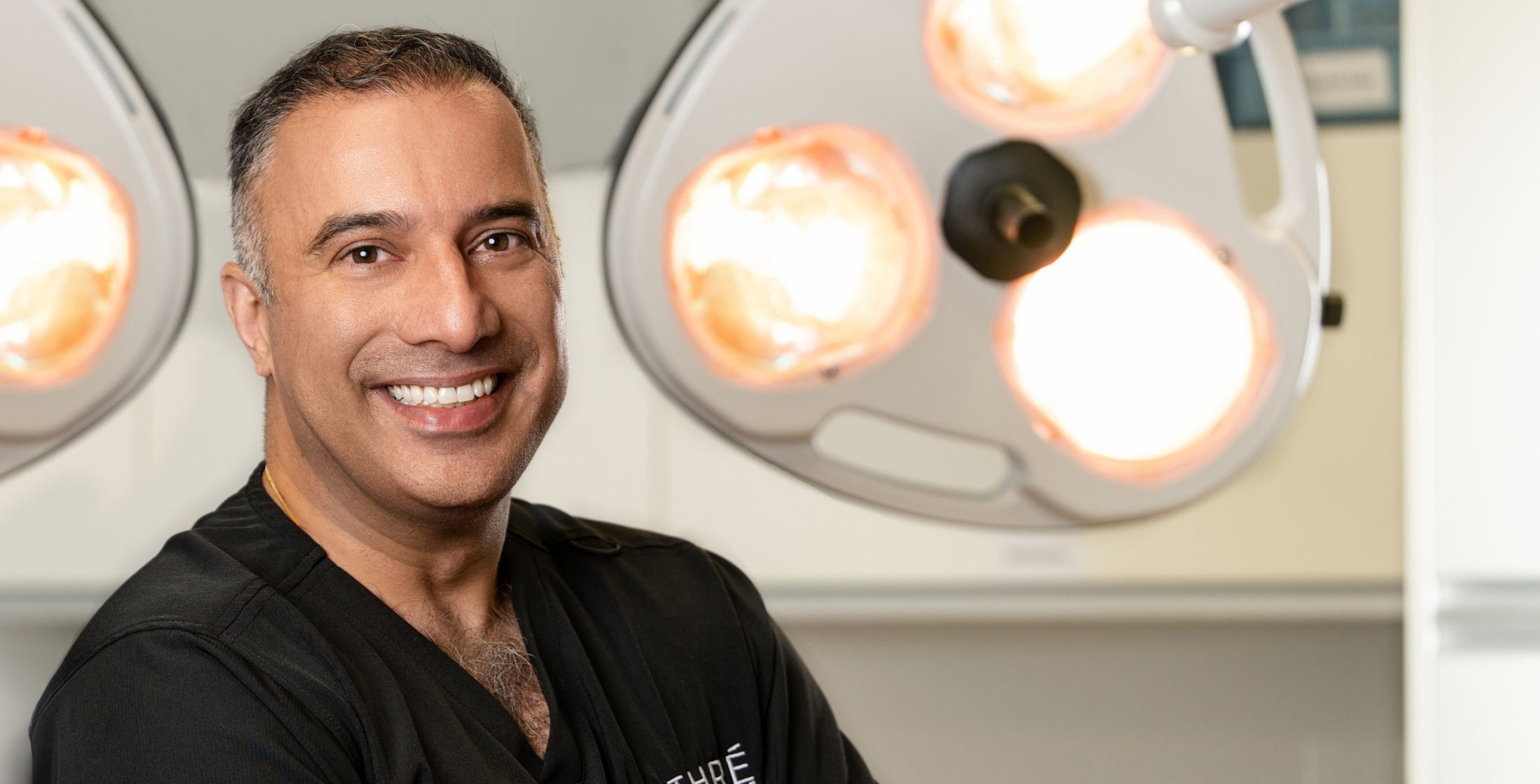
1 of 60
A facelift is also called a rhytidectomy. A facelift is a cosmetic surgical procedure designed to rejuvenate the face. The primary goal of facelift surgery is to tighten tissues that have started sagging due to age and gravity.
A facelift will:
With a facelift Houston patients can tighten the jowls, cheeks, and neck tissues, as well as soften the smile lines. Advances in surgical techniques and materials allow tailoring facelifts for individual patients. A facelift can be a saving grace for those who want to turn back the hands of time and restore youthfulness and buoyancy to the skin around their face.
All of the topics on this page are covered in Dr. Athré’s video series about facelift surgery.
Houston facelift specialist and double-board-certified facial plastic surgeon Dr. Athré offers several different facelift techniques to customize results for each individual patient.
Your skin loses its elasticity as you age. Your tissues are made of cells and held together with a matrix of proteins like collagen and elastin. As we age, the extracellular matrix of skin degrades, and collagen and elastin fibers reduce in quality and in total volume. The reduction of these proteins, collagens, and elastin causes thinner skin and fine lines — making your face appear older, tired, and less full.
The same type of process happens to the deeper layers that connect the skin to the underlying bony skull structure. These ligaments lengthen and fall because they cannot hold up against the forces of gravity.
The combination of all of these factors leads to the “aged face.” The aged face has:
These characteristics can be caused by the natural aging process. Other factors that can speed up the aging process are:
A surgical facelift is a cosmetic procedure that rejuvenates the cheek region, the jawline, and the neck. It does this by lifting and tightening fallen facial muscles, tightening the skin of the face and neck, removing excess fat, and redraping tissues of the face and neck.
See Dr. Athré Discuss The Basics of a Facelift on YouTube
See Dr. Athré Discuss Facelift vs Facial Rejuvenation on YouTube
Facial Anatomy
To understand facelift techniques, it’s important to have some understanding of facial anatomy. The face consists of soft tissue held onto the skull. From superficial to deep, the soft tissue structures of the face are:
Under all of the above, we get to the skull or bony layer. All of these layers may not be present depending on the area of the face.
These soft tissue layers are tethered to the face with ligaments. Ligaments are thick bands of connective tissue. Your face has four ligaments tethering the soft tissues. In the cheekbone area, we have the zygomatic osteocutaneous ligament, in the marionette line area we have the mandibular osteocutaneous ligament, anterior to the angle of the mandible we have the masseteric ligament, and finally the neck tissues are tethers to posterior compartments of the neck with cervical retaining ligament between the neck platysma muscle (same layer as SMAS) and sternocleidomastoid muscle.
Every Houston facelift procedure performed by Dr. Athré is uniquely designed for the individual patient. The types of facelifts outlined below are not firm categories. In many cases, Dr. Athré combines approaches as required by the patient’s facial anatomy, concerns, and goals. Dr. Athré also offers a non-surgical facelift, often referred to as a “liquid facelift” because it uses dermal fillers to provide comprehensive facial rejuvenation, as well as stem cell facelift.
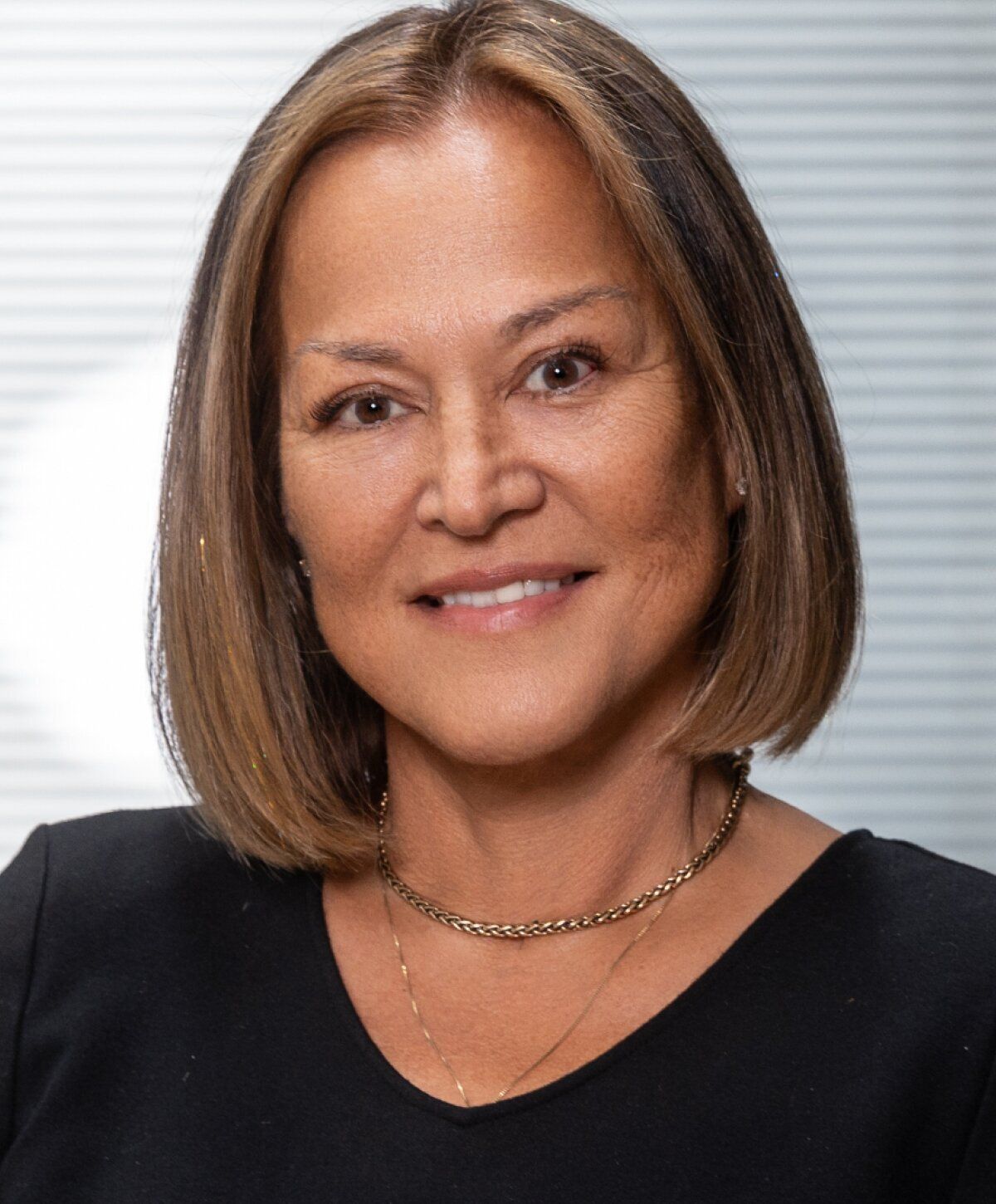
A nonsurgical facelift rejuvenates the face without surgery. It can include dermal fillers such as Restylane™ and Juvederm. These fillers can increase volume and appear to “lift” tissues.
Another option is Dr. Athré’s Stem Cell Facelift. The Stem Cell Facelift adds volume using your own autologous fat derived stem cells to correct loss of volume, but also addresses skin laxity with fat derived stem cells. The combination of these two procedures can rejuvenate the face in patients with mild facial aging, and mild skin laxity.
Dr. Athré performs a mini facelift procedure called the RT Mini Facelift that is more affordable and requires less downtime than the traditional procedure. The RT Mini Lift is a type of SMAS lift. It dissects between the muscle layer and the underlying tissue. However, the entire muscle layer is not dissected. A plane underneath the muscle layer is created, and the muscle layer is tightened. Patients who are good candidates for an RT Mini Lift are those who have minimal aging in the midface with mild to moderate aging along the jawline and neck.
Patients with most of their aging in only the midface and cheek area may benefit from a midface or MACS lift. Another name for this type of lift is a cheek lift. This lift is very similar to a mini lift. It addresses a targeted region – the midface area, and is a type of SMAS lift. SMAS stands for superficial musculoaponeurotic system, a network of tissue composed of collagen, elastin, muscles, fat cells, and fascia. A frequent area of aging in many patients is the midface. As the cheek tissues fall, this makes the face look more round instead of heart-shaped. It also causes the lower eyelid and cheek junction to develop a tear trough. These types of patients could benefit from a midface lift to lift the fallen cheeks.
The lower face lift addresses aging in the neck. The neck is one of the first areas to show aging. Patients usually complain of a sagging neck, turkey neck, turkey gobbler, excess fat in their neck, or platysmal bands (vertical muscle bands on the neck).. All of these issues can be repaired with a neck lift. A neck lift tightens the tissues in the neck compartment to achieve a smooth, contoured neck.
The deep plane facelift creates a plane between the SMAS layer and above the deep facial nerves and muscles. By creating this plane from the preauricular (front of the ear) area forward, you can essentially create a layer to pull and tighten the face. But, you have also divided ALL attachments of the SMAS layer to the actual bony skull. The attachments between the skull and the superficial layers are called the osteocutaneous ligaments. Failure to actually release these ligaments will result in: (a) an inadequate lift, (b) rapid failure of the lift.
Most surgeons inadequately resect these ligaments because releasing these ligaments involves an intimate understanding of facial anatomy. You are very close to the nerves of facial expression, and therefore utmost care and precision must be exercised.
This type of lift is useful for patients who have any type of aging of the midface (mild, moderate, and severe) along with aging of any extent of the jaw and neck. The advantages of a deep plane lift are:
On a similar note, the disadvantages of a deep plane lift are:
Please note that the risk of a deep plane lift performed by someone who is well versed with the technique is EXACTLY the same as the other techniques. In sum, experience matters, and if done well, a deep plane lift is the best option for facial rejuvenation.
The 3D Facelift is a combination of procedures that tackles the most common problems we see in aging. IT IS NOT ONE SIZE FITS ALL. It is a starting point to the discussion of facial rejuvenation. Facial rejuvenation is the art of looking at the face as a whole and addressing aging as a whole.
Aging involves loose tissues, loss of volume, and loss of skin texture. Facial rejuvenation addresses all of those variables, and a 3D Facelift is Dr. Athré’s response to full facial rejuvenation. The basic 3D facelift includes a deep plane facelift, along with a chemical peel for skin resurfacing, and autologous fat transfer for volume replenishment.
The 3D Facelift can be customized for patients that have increased skin textural irregularities with laser instead of chemical peeling, etc. This level of customization once again exemplifies why it is impossible to estimate a patient’s quote with a singular cost estimate.
See Dr. Athré Discuss the Definition of Anesthesia on YouTube
Facial rejuvenation procedures can be done using various types of anesthesia. Procedures such as an isolated lip lift or an upper blepharoplasty are usually performed under local anesthesia. In such procedures, medication is injected into the tissues where the surgery will be performed. These medications stop the receptors from sending signals of pain to the brain.
Dr. Athré is one of the few surgeons to perform facelifts in Houston under local anesthesia. Most facelifts in Dr. Athré’s practice are performed under local anesthesia with oral sedation. In this type of anesthesia, the patient takes a “cocktail” of oral medications. These medications give partial amnesia, reduce anxiety, reduce nervousness, and reduce pain.
Once the oral medications have been given time to work, the actual tissues are anesthetized with local anesthesia. The advantage to this type of anesthesia is that it has reduced bleeding, reduced bruising, maintains a high level of anesthesia, and is cost efficient.
Some patients may opt for general anesthesia. This type of anesthesia is performed in an outpatient surgical center. This type of anesthesia also has gradations ranging from mild to the type of anesthesia required for open heart surgery. This type of anesthesia is great for nervous individuals, anxious patients, and patients with a very low threshold of pain. The primary disadvantages of this type of anesthesia is cost, increased bruising/swelling, and increased bleeding.
If you feel that you are a very anxious individual, consider using general anesthesia. The cost of general anesthesia can be found on our pricing page.
See Dr. Athré Discuss Anesthesia Choices for a Facelift on YouTube

Dr. Athré will make an incision in the hair around the temples and ear. A small (less than one inch) incision is made right under the chin to sculpt and tighten the next tissues. After Dr. Athré lifts the skin, the underlying muscle layer is tightened, and the excess skin is trimmed. Meticulous technique, attention to detail, and microscopic sutures all contribute to a natural, non-operated look.
The goal of a facelift procedure is to restore a very natural appearance, and to have the patient look like themselves, just refreshed and younger. No two patients are identical, so no two facelifts Dr. Athré performs are the same. Tailoring the surgery for each patient is the only way to prevent a “pulled” or unnatural windblown appearance.
At Athré Facial Plastics, we want you to get back to feeling like yourself and loving your results as quickly as possible. That’s why we offer Elixir MD. This special recovery treatment reduces swelling and bruising, helping you heal up to 50% faster after your facelift.
Here’s how Elixir MD works:
Elixir MD uses light energy at just the right wavelengths to guide your body’s healing process, helping your skin and tissues bounce back stronger and faster. It’s one more way Dr. Athré ensures your facelift experience is smoother, easier, and more comfortable from start to finish.
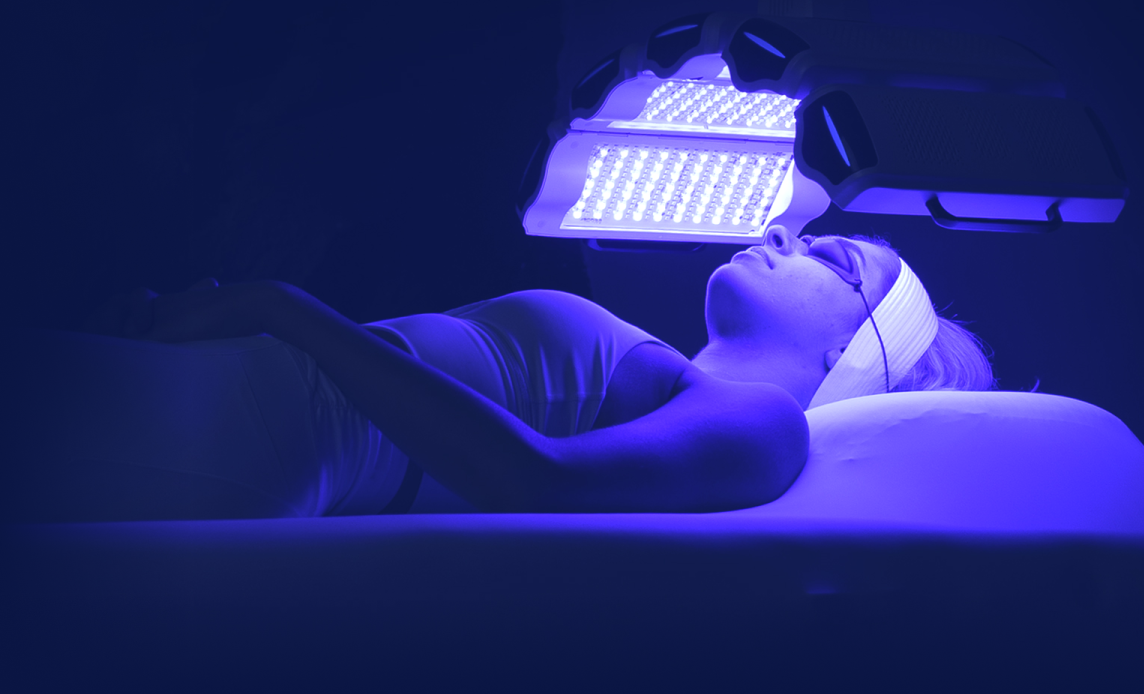
A facelift addresses a range of visible signs of aging on the face and neck:
By addressing these concerns, a facelift can significantly rejuvenate your appearance and restore a sense of confidence.
A facelift primarily targets the lower two-thirds of the face and the neck. This includes the cheeks, jawline, jowls, and neck area, addressing concerns like wrinkles, sagging skin, and loss of volume for a comprehensive facial rejuvenation. For more comprehensive facial rejuvenation, some patients elect to combine a facelift with other procedures like a brow lift or blepharoplasty (eyelid surgery).
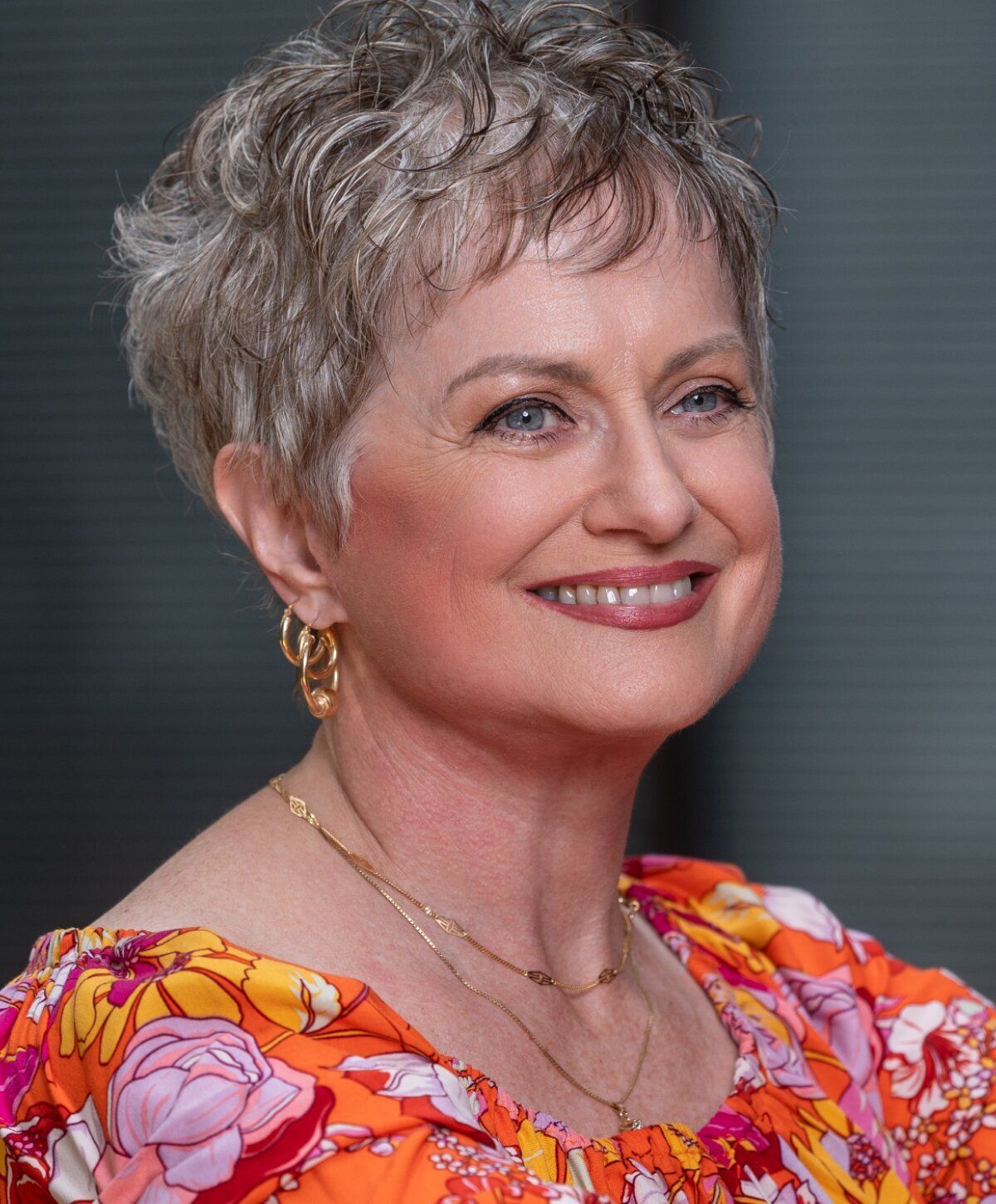
All of the topics on this page are covered in Dr. Athré’s video series about facelift surgery.
I Had a 4D Facelift with Dr. Athre and It CHANGED My Life!
Facelift Expert Reveals how to Heal in 10 Days | Facelift
Six weeks Postop Full Facial Rejuvenation
Facial Rejuvenation 2 | Facelift vs Facial Rejuvenation
Facial Rejuvenation 3 | Facial Anatomy
Facial Rejuvenation 4 | How we age based on facial anatomy
Facial Rejuvenation 5 | What is a Facelift?
Facial Rejuvenation 6 | Types of Facelifts
Facial Rejuvenation 7 | The RT mini Facelift
Facial Rejuvenation 8 | What is a deep plane facelift?
Facial Rejuvenation 9 | What is the best type of facelift?
Facial Rejuvenation 10 | Ancillary Procedures to a Facelift
Facial Rejuvenation 11 | What is a 3D Facelift?
Facial Rejuvenation 12 | Definition of anesthesia
Facial Rejuvenation 13 | Anesthesia Choices for a Facelift
Facial Rejuvenation 14 | Incisions for a facelift
Marking the Incisions for a Facelift [Surgery Video]
Ep. 3 Facelifts Under Local Anesthesia | Plastic Surgery Unplugged Podcast
Ep. 4: The Psychology of Facial Surgery (Neck Lift + Brow Lift) | Plastic Surgery Unplugged Podcast
Facial Plastic Surgery Under Local Anesthesia | Local vs. General Anesthesia
Preparing for Facial Surgery | Athre Facial Plastics
Preparing for Facial Surgery | Athre Facial Plastics
Preparing for Facial Surgery | Athre Facial Plastics
Preparing for Facial Surgery | Athre Facial Plastics

Our Houston facelift procedure has several benefits for both your appearance and your self-confidence:
Restore a youthful appearance: Facelift surgery addresses visible signs of aging, such as wrinkles, sagging skin, and loss of facial volume. By tightening underlying tissues and removing excess fat, a facelift can:
The result? A visibly younger and rejuvenated appearance that can significantly boost your confidence and make you feel more comfortable in your own skin.
Reignite your self-esteem and embrace new possibilities: Stepping out with a refreshed and youthful appearance can empower you in social and professional settings. Feeling confident in your appearance can motivate you to pursue new ventures and experiences. Your appearance also plays a role in first impressions—facelift can help you project a youthful and energetic image.
A long-lasting investment in your happiness: While results may vary, a facelift can offer long-lasting improvements, typically lasting 10-15 years in some cases. This longevity allows you to enjoy the benefits of your rejuvenated appearance for years to come.
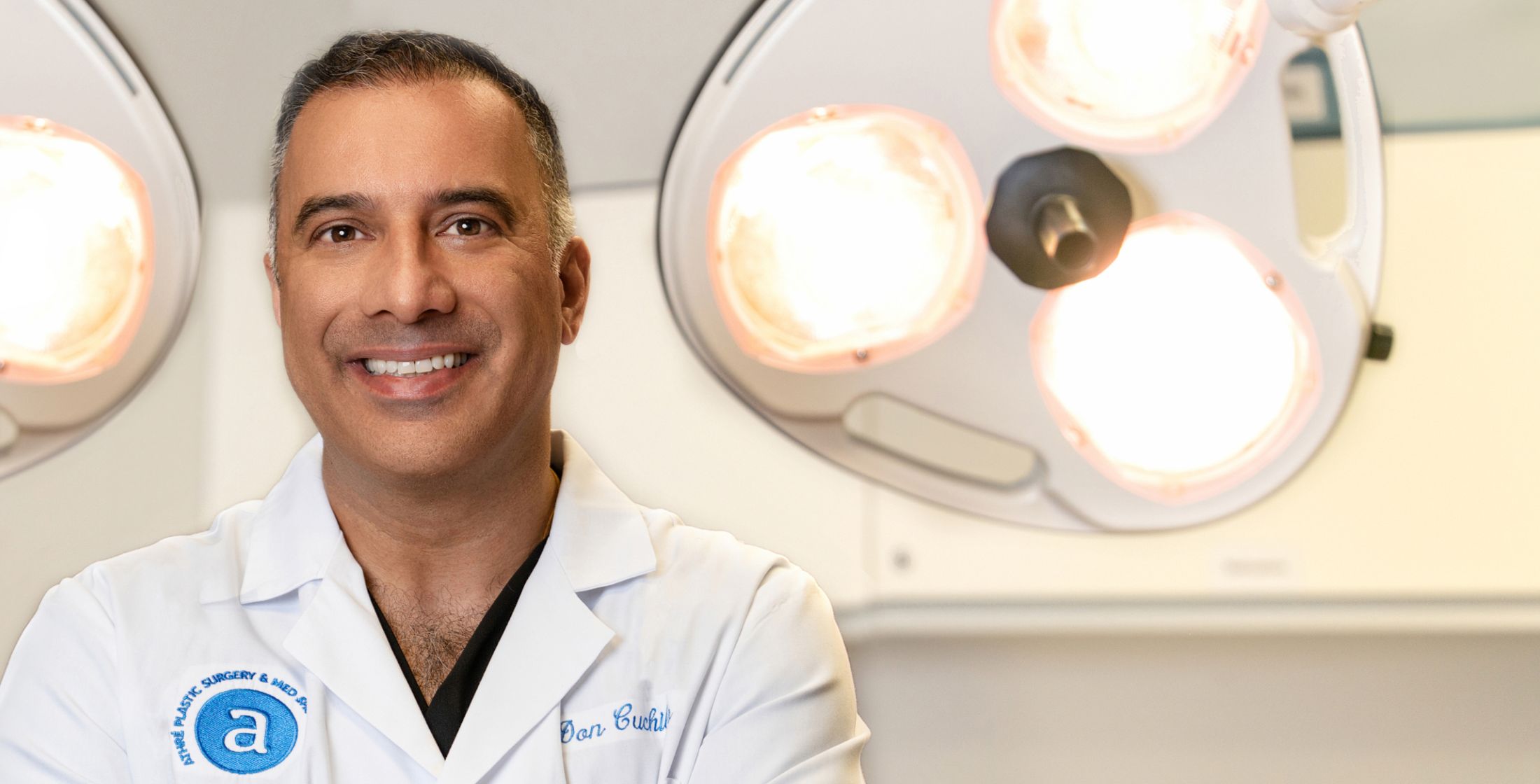
Wondering if a facelift is right for you? Schedule a consultation! In general, good candidates are:
A consultation with Dr. Athré allows you to discuss your goals and determine if facelift surgery aligns with your desires.
The surgery itself takes approximately 3 ½ hours. The time of surgery is based on what procedure and how many procedures are done. Many patients who opt for a facelift may also undergo blepharoplasty, brow surgery, or other cosmetic surgery procedures. More procedures increases the time of surgery. A full facial rejuvenation will take approximately 6 hours.

The recovery time for most facelift surgery patients is approximately 2 weeks. Patients are seen the day after their procedure, 5-6 days after their surgery, and 7-10 days after their surgery. Patients are generally back to work in one or two weeks, and complete healing can take up to one year. A facelift can provide very good results for up to 15 years. Even as facial aging continues, your face will always look younger than it would have without surgery.
The cost of a facelift can be found on our pricing page. There are many types of facelift surgeries, and prices vary based on how much work is required and how long the surgery will take in the operating room. Patients who choose local anesthesia will get a quote inclusive of anesthesia, facility fees, and surgery. Patients choosing general anesthesia will receive a quote for the surgical component and an estimate for facility fees and anesthesia since both of these parts are dependent on time.
A full facelift lasts up to 15 years. After 15 years the facelift does not just fall. On average patients will wait 12-15 years after a facelift before having a revision facelift. The reason for this is that a facelift will turn the clock back about 12-15 years. But, a facelift cannot stop the aging process. Patients who have had a facelift will always look younger than their “real” age. At about 15 years after, patients are no longer content with being 15 years younger, and may desire additional rejuvenation.
The best candidates for facelift surgeries are those 40 years old and older. This is a basic rule of thumb, but there are no hard age limits for a facelift. Dr. Athré has performed a facelift on a 32-year-old patient and has performed a facelift on an 84-year-old patient. Patients’ medical history, their medical conditions, a realistic outlook with respect to expectations, and their anatomy is what matters. A young patient may have excellent skin quality but may have excess fat. The type of procedure that they need is still a facelift. A facelift is not always a surgery just for rejuvenation. A better descriptor might be to say it restores a cosmetic form.
The simple facelift may be able to be performed in 2.5-3 hours, whereas a full facial rejuvenation may take in excess of 6 hours.
Patients can expect to be back to their normal, everyday lives after a facelift procedure in about 14 days. The tissues may continue to heal for one year after surgery.
Facelift surgery is not painful. Most patients feel that their face is tight, and tissues may feel “bruised.” The dressing may feel uncomfortable due to tightness, but is not painful.
Dr. Athré has developed techniques within his facelift procedures to minimize discomfort during the surgery and after surgery. Most patients do not take prescription pain medication after 48 hours after surgery. 75% of patients do not use ANY prescription pain medications.
According to several studies, 95+% of patients undergoing a facelift are satisfied with their facelift results. However, success is defined differently by different patients. As a surgeon, Dr. Athré’s complication rate of side effects after a face lift is less than 1%. This is another measure of success.
There is no upper age limit maximum. Patients in their 80s can still achieve amazing results with a facelift. Prior medical and surgical history and overall medical health are the most important factors when considering if someone is an appropriate candidate for a cosmetic surgery.
The deep plane facelift is generally considered to be the most permanent, most natural looking, and most comprehensive. However, there is no one type of facelift that is the best or is “guaranteed to work” in every situation. The surgeon must analyze the patient carefully with respect to the patient’s anatomical concerns and then decide which procedure best fits the patient.
There are many procedures that can be done together with a facelift. Most patients do not come in for consultation with aging in a specific area. Aging normally occurs in different areas of the face such as:
Complete facial rejuvenation deals with the rejuvenation of the entire face and neck rather than isolated parts of the face. Here’s a list of procedures that can be done along with a facelift.
“Couldn’t be any more pleased! I came in with a mindset of what I was expecting and they surpassed my expectations! His staff made me feel so comfortable along the way. Dr. Athre was so kind and makes sure you know what’s going on during the procedure. To anyone contemplating a procedure, go in for a consult and just do it!”
